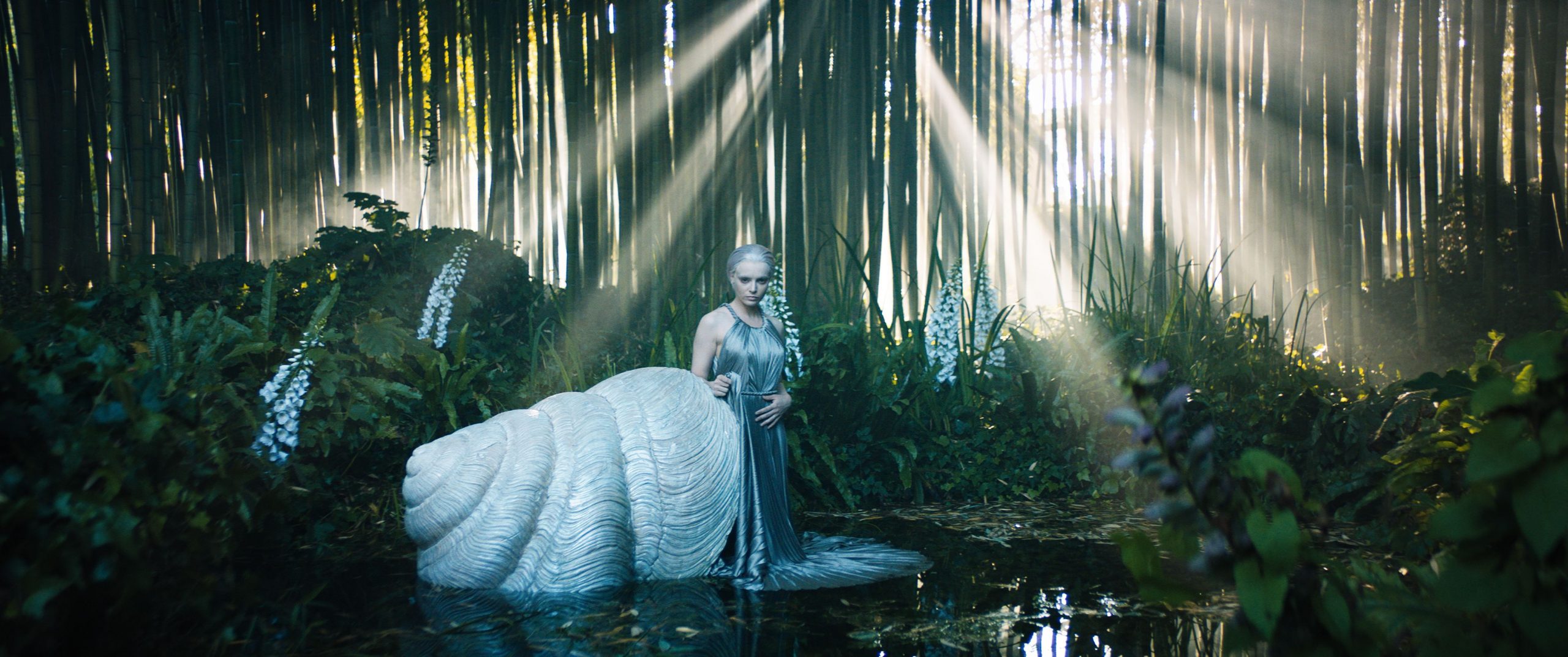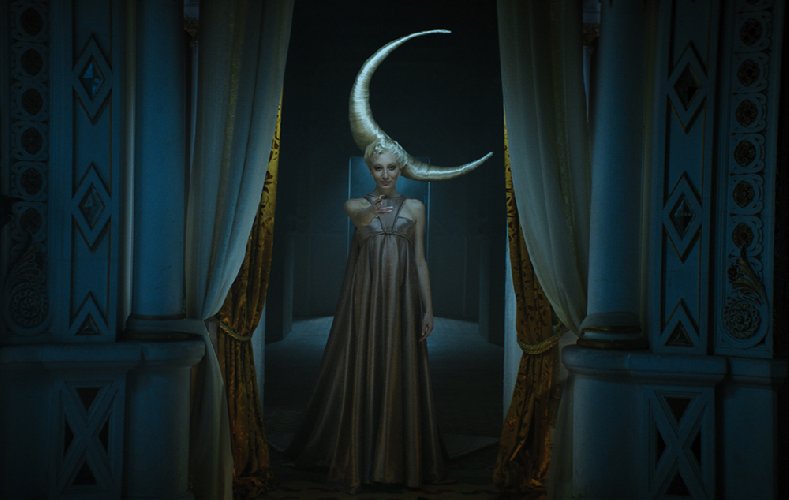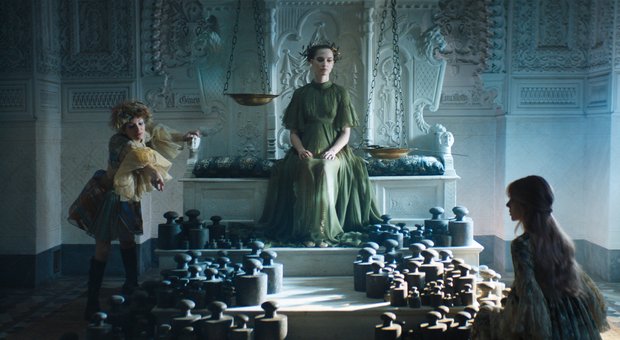In dealing with the tarot in her haute couture collection, Maria Grazia Chiuri made the choice to follow one of the arcane, mystical paths that surface in cataclysmic times when humanity strives to negotiate with the hand of fate. “What was nice for me about the tarot is that when you are in a difficult moment, something that is magical can help us, to help us think better,” she said on a Zoom call from Paris. The emotional impact of pandemic isolation is one reason that she went that way. “It’s a long time we’ve all been staying alone. You think much more about many aspects of yourself and your life,” she observed. “That’s my belief: This year changed us a lot.”
For a second time, she commissioned the director Matteo Garrone to make a filmed interpretation. “We decided to film a story about this girl who goes inside a castle. It’s a labyrinth which represents an interior trip. When she meets each of (the tarot) figures, she has to reach a decision about her life. And on the other hand, she meets aspects of her own personality and learns not to be scared of the future.” The protagonist encounters the High Priestess, Temperance, Justice, and Death. There are Renaissance-inflected high-waisted corseted bodices, stately brocade robes, and delicate plissé dresses. Destiny arrives—apparently in symbolic melding of masculine-feminine identities—with a naked kiss in a bath.
Well, the ability to foretell the future—what will move people to want to buy in a few months’ time—is ever-present in the job description of a designer. Christian Dior believed it. “He discovered tarot in the Second World War, when his sister Catherine, who was part of the French Resistance, disappeared,” Chiuri explained. “In my view, I think he was so scared about her situation that he probably went to the tarot cards to try to know some more, to hope that she would come back. I think he was very worried; trying to find hope in some signs.” That poignant, little-known House of Dior foundational story is about to be revealed when a book about the life of Catherine Dior by Justine Picardie is published in the fall. Chiuri accompanied the author in the research, uncovering the harrowing story of Catherine’s imprisonment in the Ravensbrück women’s concentration camp; how she consoled herself with a love of gardening when she was liberated, and how she inspired her brother to weave flowers and femininity into his work ever after.
Chiuri found a whole other serendipitous reading of her own in the complex web of mystery and history behind the tarot. The reason for her collection’s reinvented iconography—its atmosphere of a gilded Italian-medieval-flavored fantasia—is that its history originates in Chiuri’s home country. Part of her inspiration came from studying the first known set of cards, known as the Visconti-Sforza deck, which was made by Bonifacio Bembo around 1400 to entertain the family of the Duke of Milan. Three centuries later, it was the French who ascribed mystical, fortune-divining powers to the cards, and renamed it the tarot. So, there we are: the deep Dior-Chiuri French-Italian background binding together the season’s collection.



Courtesy of Vogue
